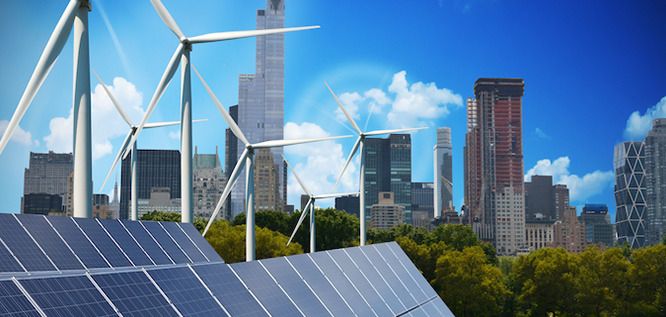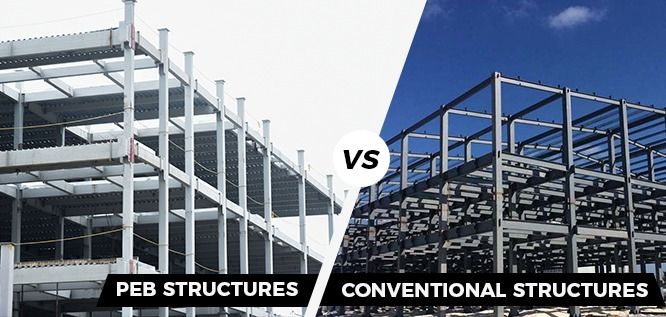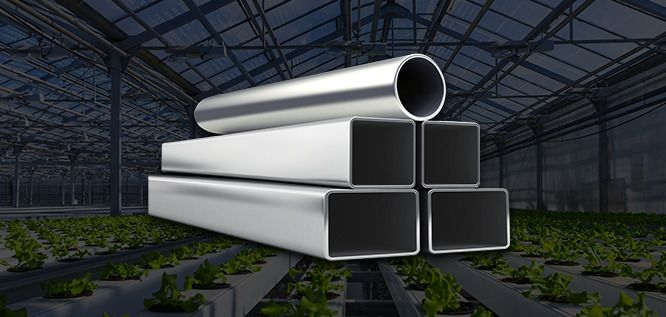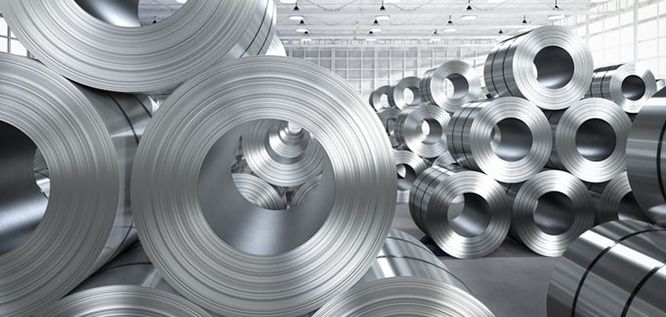Steel is not used only as a construction building material but also plays an important part in renewable energy. It plays a crucial role in structuring the supply of fossil fuels, nuclear energy, or renewable energy
You may have no idea that steel has a bright future in renewable energy. It is used to create a greener environment. structural steel is widely used in producing and distributing renewable energy.In fact, none of the renewable energy sources works without steel.
Steel is not limited to certain applications.It is the best choice for renewable sources.In this blog, you will learn why it has a bright future in renewable energy.So, scroll down now to learn more.
Applications of Steel in Renewable Energy
Renewable energy is also known as green energy.It is produced from natural resources such as water, sunlight, and biomass materials. Steel plays a critical part in distributing energy efficiently. Here is the list of areas where steel can be used:
Biomass: The most common biomass materials are plants, wood, crops and agriculture residue, and animal waste. Steel is used extensively in collecting all biomass sources.It is also cutting crops and separating residues from agricultural fields.
Solar: Steel is the main component for converting solar energy into electricity or hot water. Also, Solar thermal panels use steel as the base metal. It is the same with pumps, tanks and heat exchangers.
Wave and tidal: Tidal energy is produced by the tidal turbine. A steel pile is used as the main component of a tidal turbine in tidal energy systems. Also, it helps to manufacture wave energy devices as it can withstand the pressure of water and the challenges of the marine environment.
Hydroelectric: Strong and big dams are the main sources of producing hydroelectric energy. Steel provides strength to reinforce concrete and increase the life of dams.
Wind: Wind is also a good source to produce electricity using wind turbines. Both onshore and offshore wind turbines use steel in every component, from the foundation to the tower, gears and casings. Besides, it provides strength to tall wind turbines.
Future of Steel in Solar and Wind Energy
Solar and wind energy, in particular, will have to heavily rely on steel. Wind power requires approximately 120 to 180 tons of steel for every new MW, and solar power requires between 35 and 45 tons of steel for each new MW.So, steel is used in these two markets:
Solar Market: It is divided into two categories.
Small-scale projects: Rooftop solar panels are made of structural steel, which is lightweight and offers superior corrosion resistance. They are easily mounted in homes, museums, and stadiums.
Large-scale projects: Large plants or companies that need a big amount of steel to produce 100 to 300 MW of energy. They consume a large amount of steel. Some plants require more steel to produce 1000 MW.
Wind Energy Market: Steel is also a big contributor to producing wind energy .It is used in three key areas:
Onshore wind farms – It will need a small steel tidal turbine to produce between 2 and 3 MW of power each. There are different grades of steel that are used to build the structural tower, the house of the turbine, the turbine blades, and electrical steel.
Offshore wind farms – Turbines Each can produce 5 to 8 MW of energy.Thus, it consumes more steel than onshore turbines. Also, offshore steel turbines offer greater height without obstruction as well as free wind flow. They also require steel to create huge foundations that are anchored to the sea bed.Also, the steel blades should be much thicker and longer.
New generation wind farms: It will require a floating structure because they will be further away from shore. Turbines are much more powerful and can produce 7 to 12 MW of energy.
Summing Up!
In conclusion, steel is the present and future of renewable energy.No one can produce energy without steel. To support green energy, APL Apollo has launched a wide range of structural steel products that can help to build renewable energy infrastructure in the times to come and contribute to a cleaner environment.







